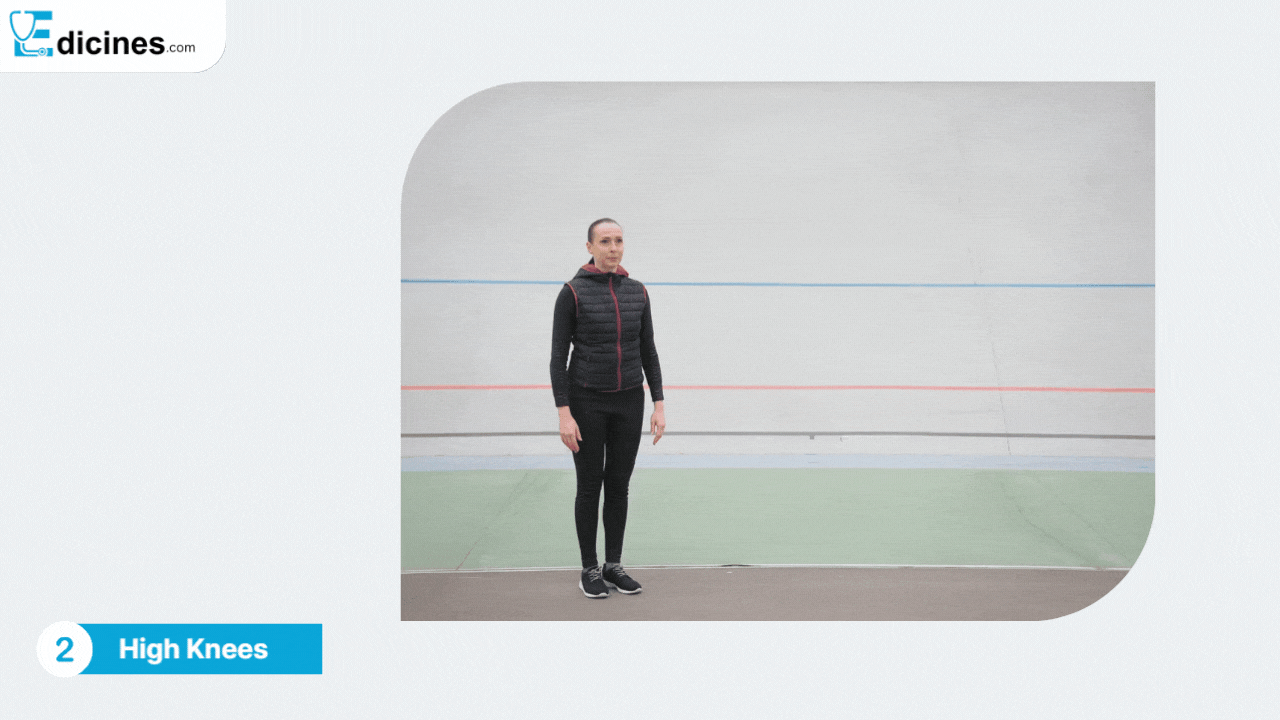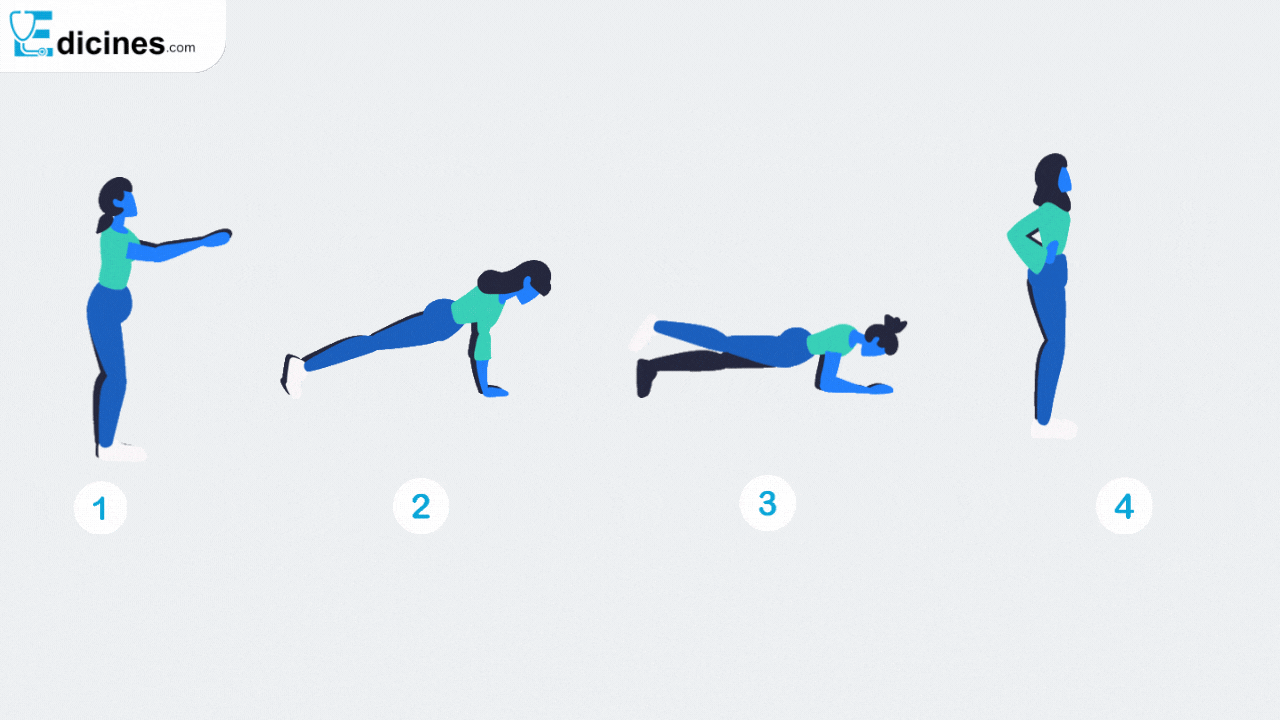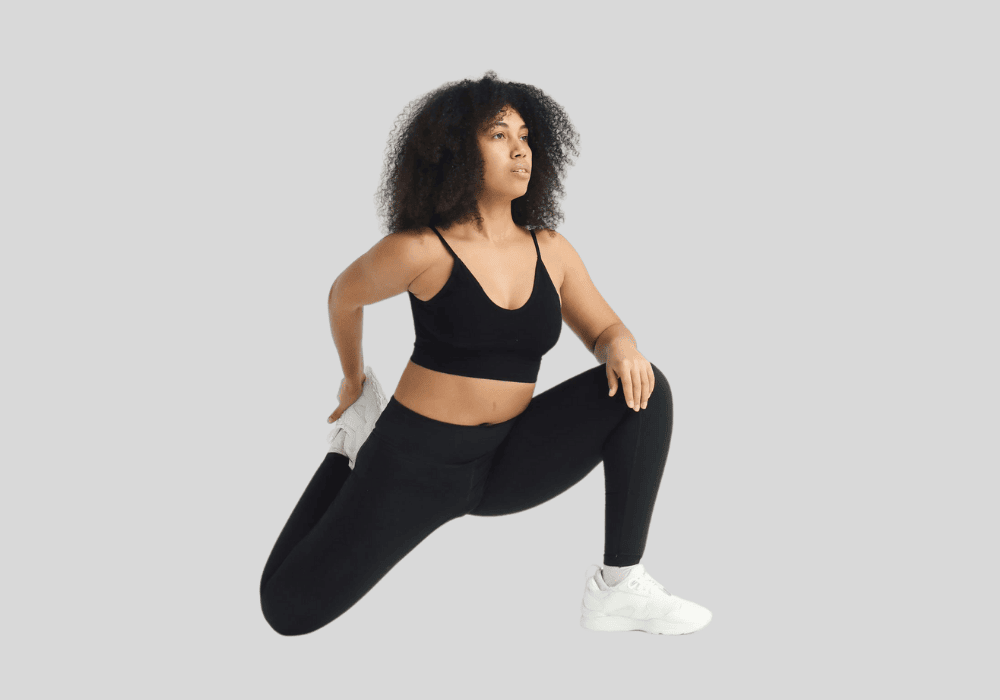Strength training is an essential fitness component for muscle building, endurance promotion, and improving general health. Regardless of your objective; whether it’s weight loss, increased metabolism or body toning, weight lifting should be part of your work out plan.
What’s more? You can get started with little equipment right in the comfort of your home. This guide will take you through basic strength training at home and give you a straightforward workout routine designed for absolute novices.
Benefits of Strength Training
There are countless advantages of strength training; below are some reasons why you must include it in your daily routine:
- Enhances muscle strength and endurance: Regular strength training exercises help improve the strength and stamina of your muscles hence, enabling them perform everyday tasks efficiently.
- Improves posture and balance: Strength training improves posture, balance, and helps prevent falls, especially in older adults.
- Boosts metabolism and supports weight loss: Building muscles is one way to increase calorie burning rate during rest periods hence enhancing one’s chances of weight loss or fat reduction as essentially these acts increase metabolic rate.

Equipment Needed for Home Strength Training
One of the benefits of training at home is that it does not require much equipment to commence. Expect a few items on this list when creating your home workout plan.
- Dumbbells: If you can manage to spend on a couple of sets, dumbbells with different weights will serve as a source of resistance for many exercises.
- Resistance bands: Resistance bands are an inexpensive alternative to dumbbells and can be used by people at any fitness level
- Bodyweight: Beginners can equally perform strength training using only their own bodies. Perfect examples include squats, push-ups and lunges.

Beginner’s Strength Training Simple Steps
Warming Up Exercises
In order to avoid injuries and prepare your muscles for the exercise, warming up before strength training is critical. A dynamic warm-up increases flexibility and blood circulation.
Jumping jacks
Start with 30 seconds of jumping jacks to get your heart rate up
High Knees
Do 30 seconds of high knees, lifting each knee to hip level, alternating quickly between legs.

Complete these exercises for 5-10 minutes prior to engaging in your workout.
Exercises for Strength Training Beginners
These are a few foundational exercises that target different muscle groups and are good for novices:
1. Squats: Stand with feet shoulder-width apart and lean back down as you’re sitting in a chair. Engage core muscles while rising back to standing.
2. Push-ups: Place your palms slightly wider than shoulder width on the floor and lower your body until the chest is near ground. Push up again while keeping body straight.
3. Planks: Use the same position as in push-ups, but with forearms resting on the ground. Keep your body straight from head to heels. To hold this position use engaged abdominal muscles.
4. Lunges: Frontward step taken by one foot followed by lowering your body until both knees reach angles of 90 degrees. Return to the starting point, then repeat with another leg.

The above exercises work on legs, chest, arms and core thus can be considered as an all-round strength training for beginners.
Creating A Home Strength Training Routine
It’s important to have a good structure in place for your strength training program if you want to make continuous gains.
- Frequency: Try doing strength training 3 or 4 times a week while allowing for one rest day in between sessions for muscle recovery.
- Reps and Sets: Beginners doing home workouts should start with two or three sets comprising eight to twelve repetitions each of every exercise.
Common Mistakes To Avoid
It’s very easy to make the mistakes that slow down your progress when beginning a proper form in strength training. Here are some common mistakes and how to prevent them:
Overtraining or undertraining
Exercising too often without rest can lead to fatigue or injury, while training too little will not produce desired results.
Inadequate Form And Techniques
Wrong form limits exercise effectiveness while increasing chances of injury. Prioritize proper forms above lifting heavier weights. You can also watch online videos or seek guidance from trainers if you are not sure of the best way to perform certain workouts.
No Rest Between Sets
Your rest periods are as significant as your workouts themselves. For starters, make every effort to take 60-90 seconds of resting period between successive sets. This will help to recover and prepare muscles for the upcoming set.
Conclusion
Strength training at home is a highly effective method for building muscle, improving endurance and ultimately enhancing health. With only a few equipment pieces and regular workouts, it doesn’t take long before you start enjoying results. Always begin with simple movements and build up intensity over time while maintaining good form throughout all exercises.
Ready to get stronger? Start your beginner strength training journey at home today! With dedication and consistency, you’ll achieve your fitness goals in no time.















One thought on “Beginner’s Guide to Strength Training at Home”